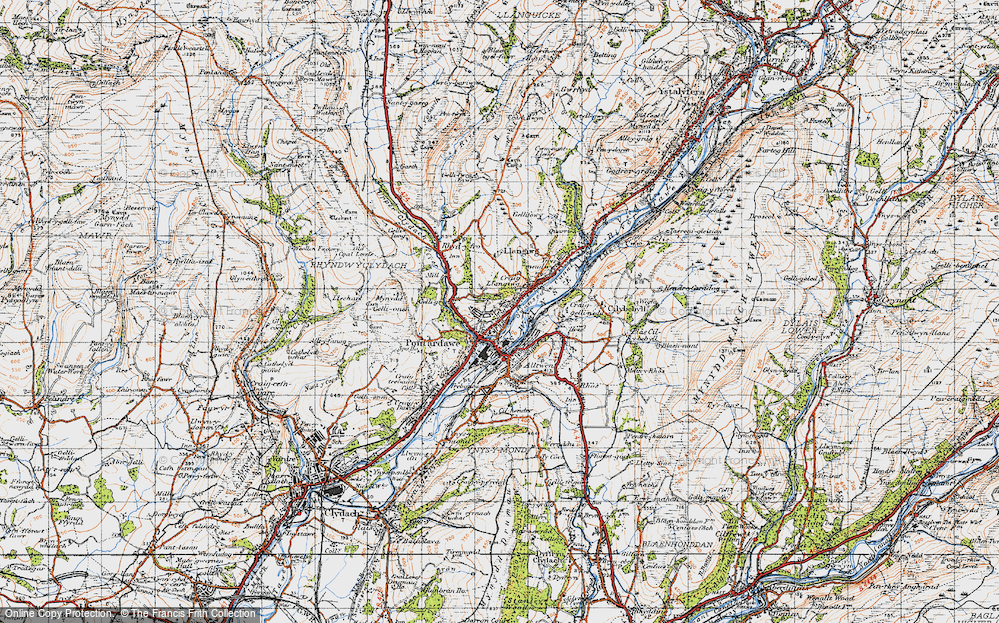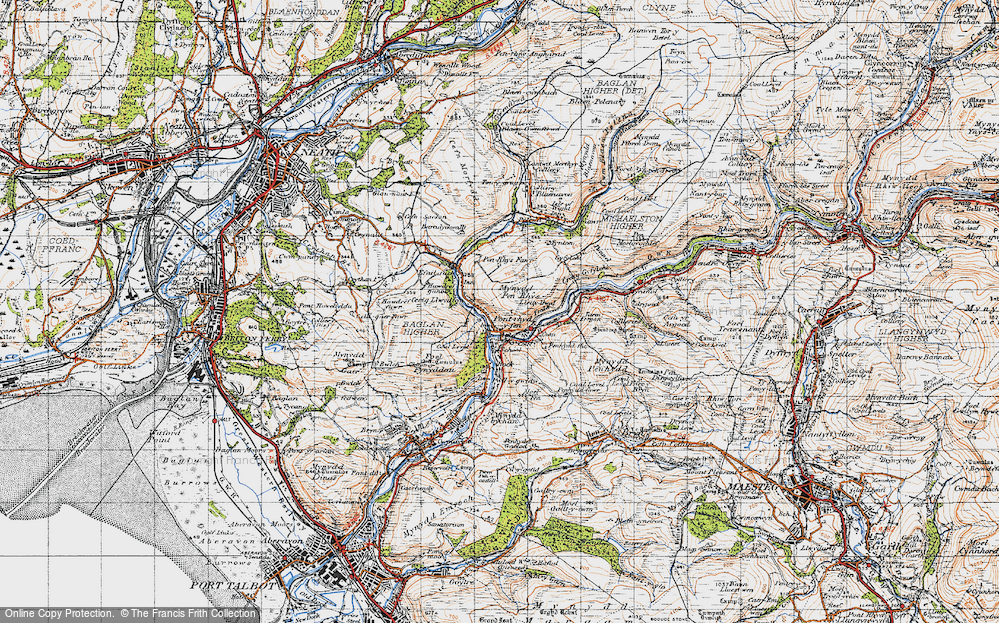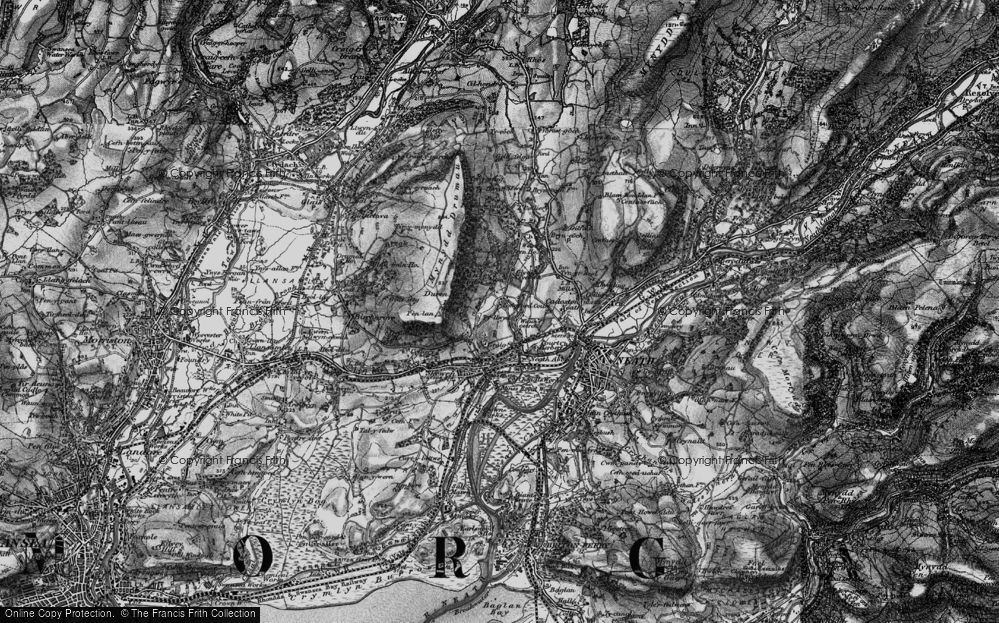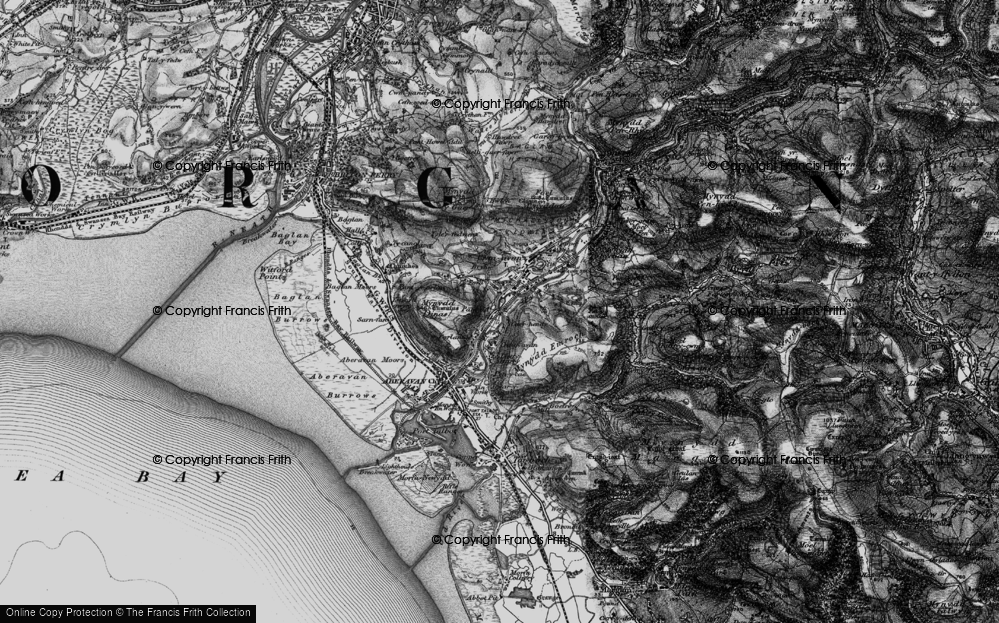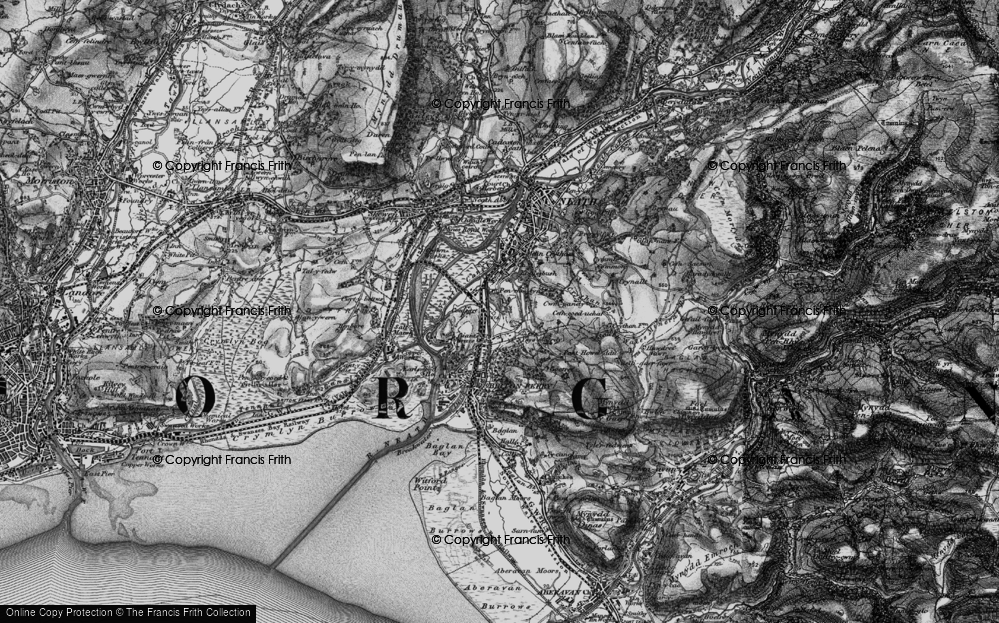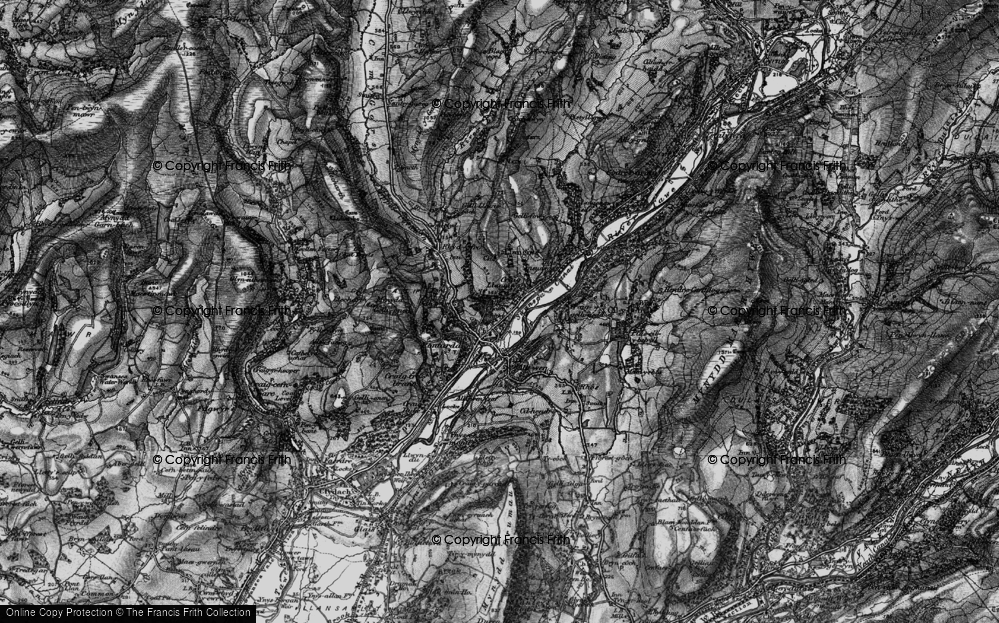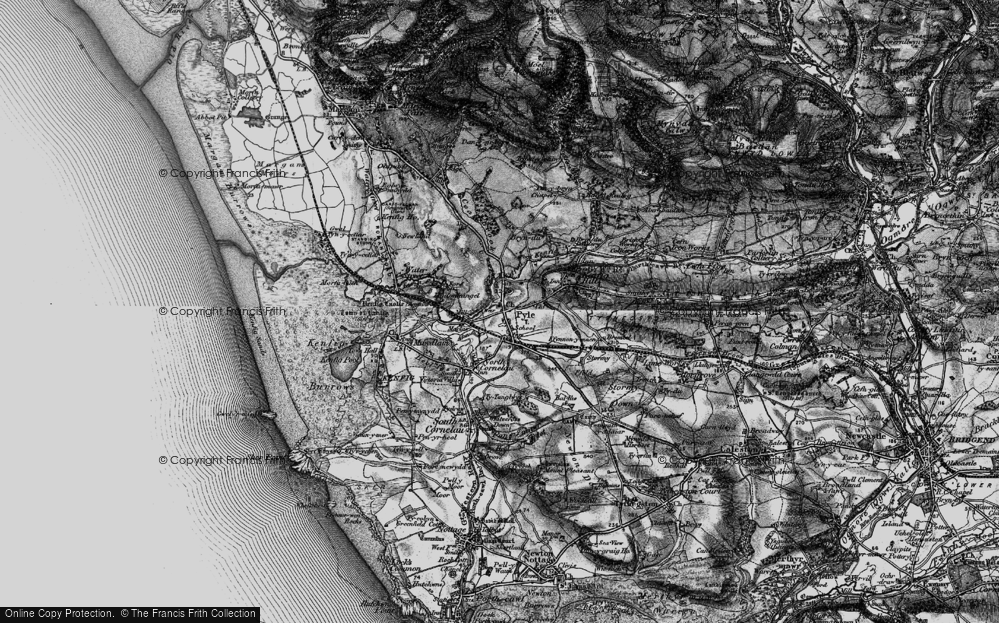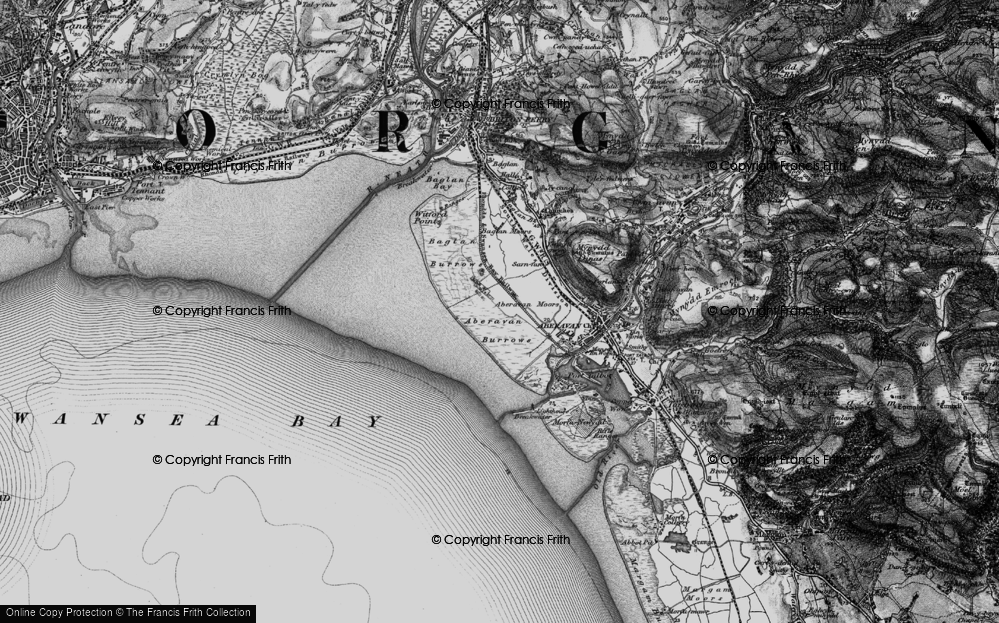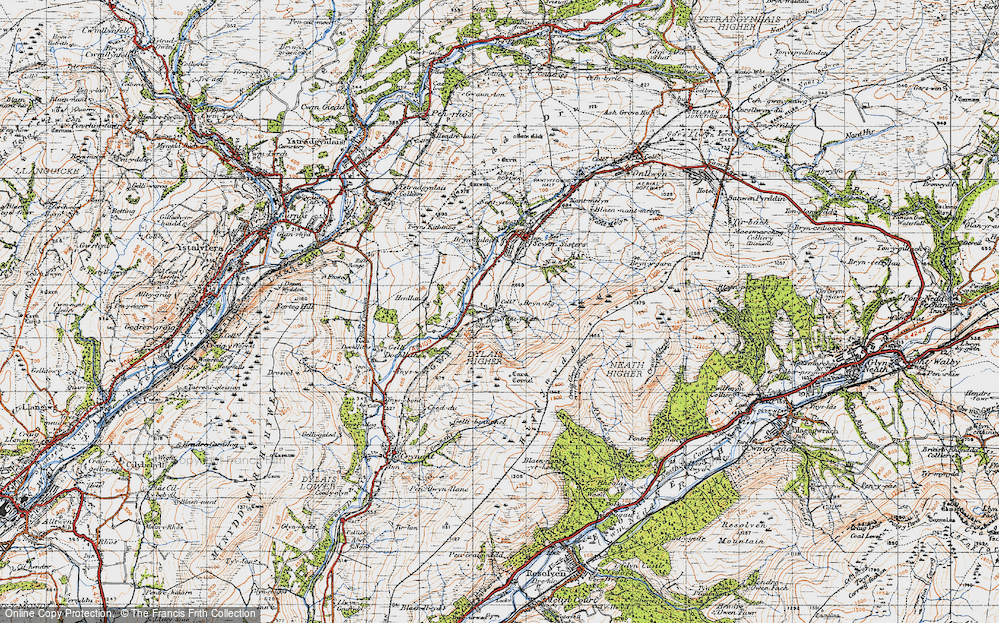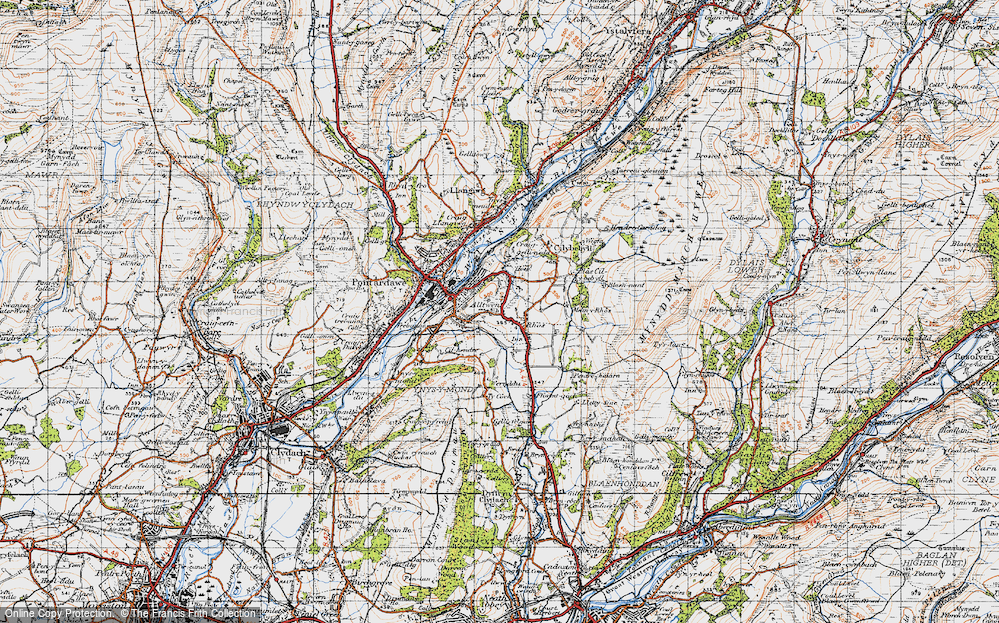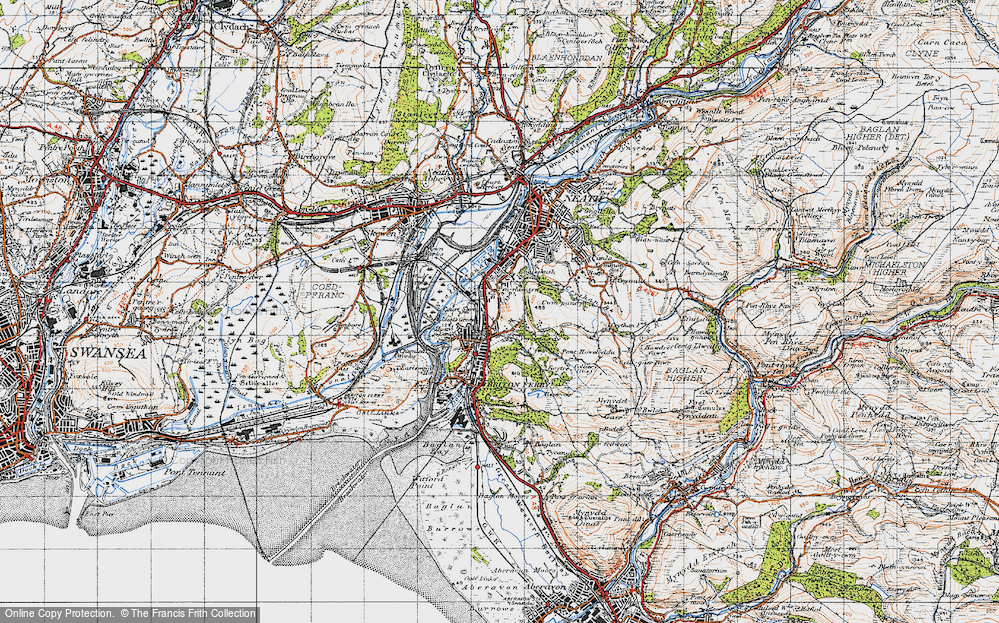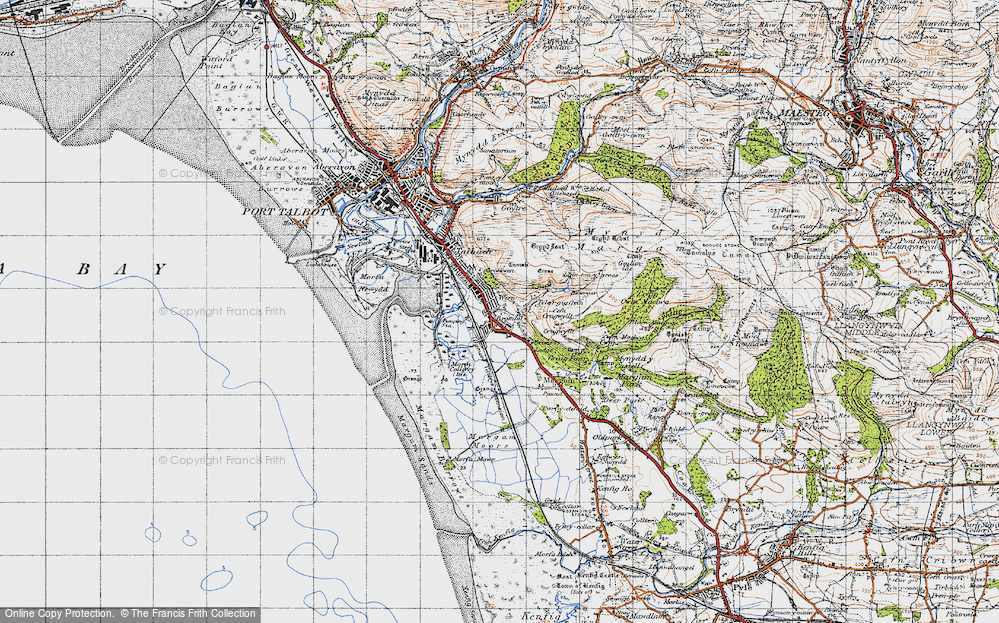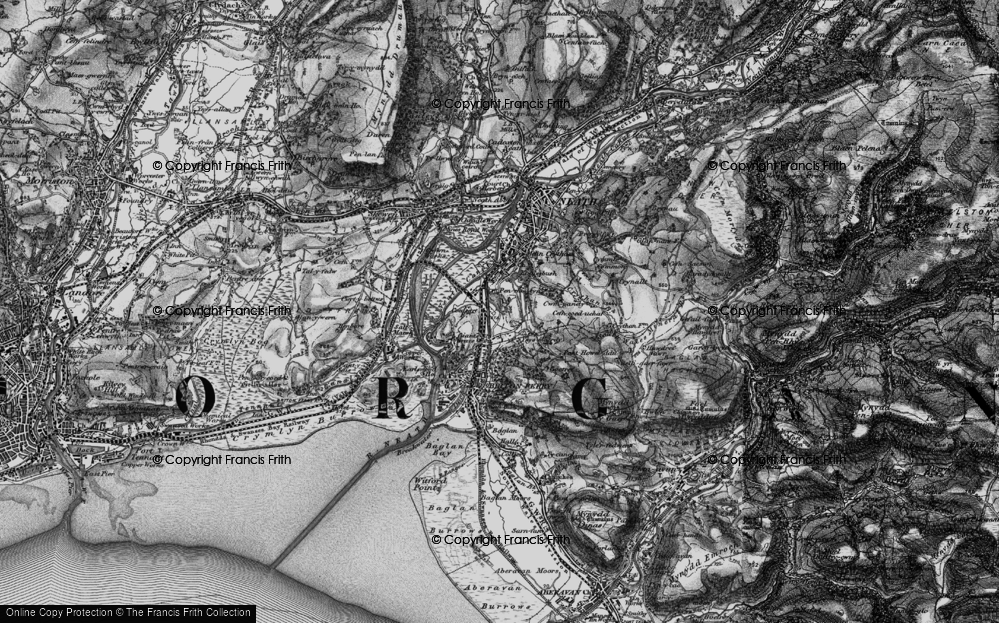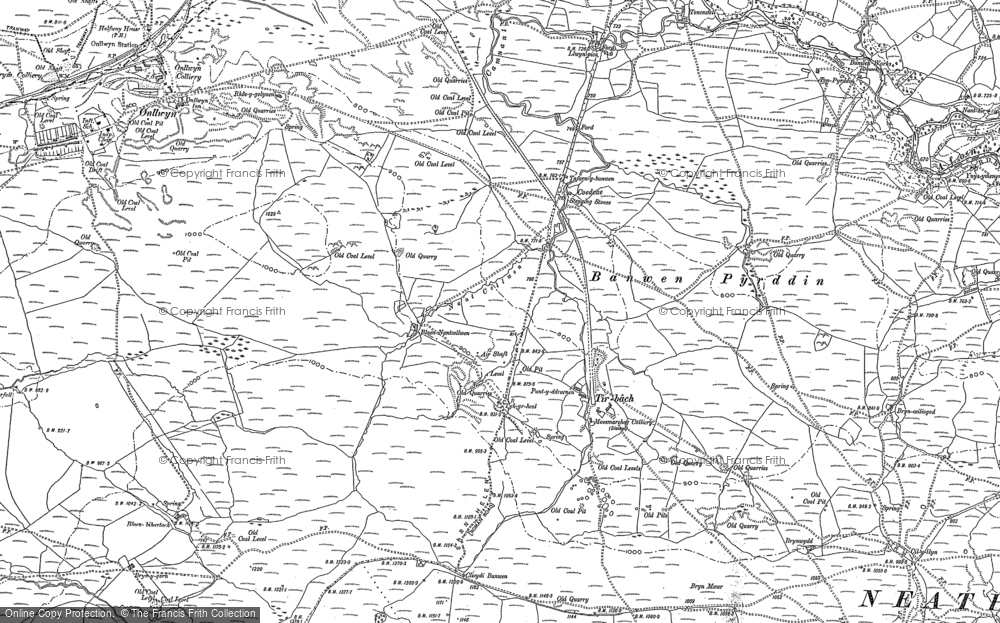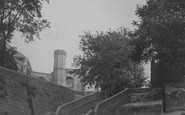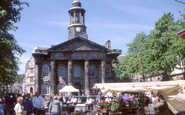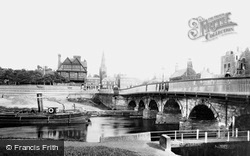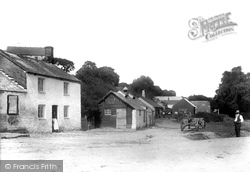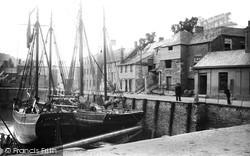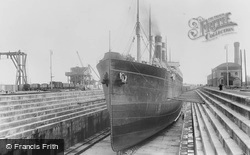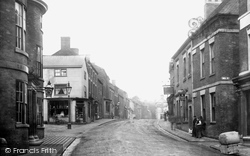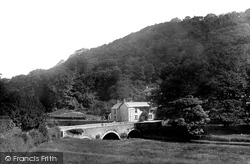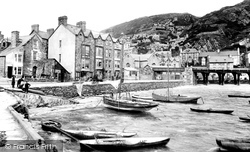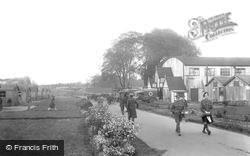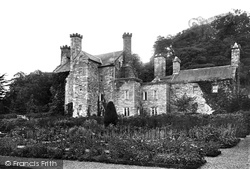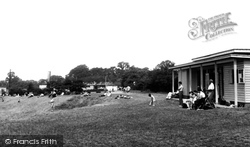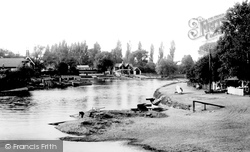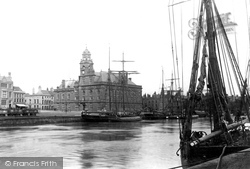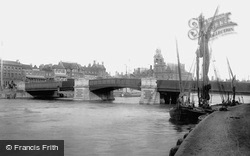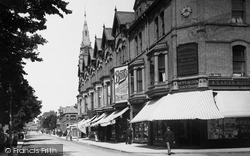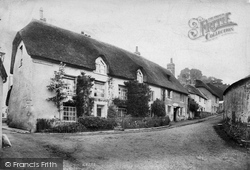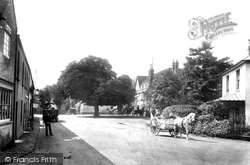Places
Sorry, no places were found that related to your search.
Photos
Sorry, no photos were found that related to your search.
Maps
670 maps found.
Books
4 books found. Showing results 505 to 4.
Memories
1,789 memories found. Showing results 211 to 220.
Down Town Shopping With My Mum Aunt Edie
I remember shopping with my mum & aunt every Saturday. When we were finished with the shopping we would visit a little cafe right next door to Woolworths. After I had drank my bottle of Tizer, I ...Read more
A memory of Littlehampton in 1953 by
Port Quin
As a young man with my first car and girlfriend we toured Cornwall and came across Port Quin, wow what a place. No one came here, most of the houses were derelict, the small car park to the left was the only place to park about six ...Read more
A memory of Port Quin in 1969
Memories Of Village Haircuts
Just before the 1960’s transformed our innocent lives, all us village boys had a limited choice of tonsorial art; indeed you could count the number of available haircuts (styles wasn’t a word used for men or boys) ...Read more
A memory of Sherington in 1960
Working At Rank Xerox
As a 16-year-old, I started work in the wages office of Rank Xerox. There were 6 of us in the office, the boss being Fred Pearce. The other colleagues were Roger Dymond, Mary Evans, Connie Waits, Jean Short and myself. ...Read more
A memory of Mitcheldean in 1958 by
My Maslen Ancestors
My great-grandparents were married at Little Coxwell 1864 and my grandfather was born there in 1864 also, my great-grandfather was called John Maslen and his wife was Jane (nee Haines), they had come over from the ...Read more
A memory of Little Coxwell in 1860 by
Life At Avon Carrow For A Yank Abroad
I moved into Avon Carrow in the Spring of 1970. I was stationed at RAF Croughton but moved my family to this small village in Warwickshire because that life was what we were used to, coming from the ...Read more
A memory of Avon Dassett by
A Ghost On Beccles Church Steps
My father, Stafford Brown, was a student at Beccles College during the First World War. He stayed with the Knights family of Puddingmoor. Mr Knights, who was a wherryman, told of a strange event that happened to him ...Read more
A memory of Beccles in 1910 by
Bowerham Barracks
I remember living there in the married quarters when the war was over and my dad was posted there, must have been 1946. My dad was in the Kings Own Royal Regiment and we lived there for quite a short time and I went to school ...Read more
A memory of Lancaster by
Elmore Court The Bronets Of Guise
Elmore Court is a beautiful manor and ancient house with many acres of property which belonged to the Baronets of Elmore, the Guise family, since the 13th century. My great-great-grandfather, Martin George Guise, ...Read more
A memory of Elmore by
Childrey
Does anyone remember the racing stables in Childrey? We lived there for a short while. I cannot remember the name of the road or much about the place except I believe that someone committed suicide in the bathroom we had, spooky ...Read more
A memory of Childrey in 1960 by
Captions
1,058 captions found. Showing results 505 to 528.
For centuries, the Trent has been a water highway, carrying cargo up from the North Sea coastal ports. The bridge (right) is listed as an Ancient Monument.
Situated at the very head of the tidal Helford River, Gweek was an important port for distributing goods to and from Helston and the surrounding district.
For many years Padstow was a bustling sole fishing port. Transatlantic passenger ships berthed here, many built in the town's own boat yards.
The arcades of the short Norman church were continued east by two standard Decorated bays, but no chancel arch.
The Romans used it as their port to service Exeter, a function it continued to provide for centuries.
He certainly visited the town, though it has to be said that several other ports claim the honour of possessing the sand bar in question.
Following the Norman invasion of 1066, Southampton became a key port, and the walls and other buildings are a permanent reminder of Southampton's wealth and prosperity in those days.
The vessel was not a regular visitor to the port, and could have been here on charter.
Here we see the 'Finland' in Number 6 Dry Dock.The vessel was not a regular visitor to the port, and could have been here on charter.
The town grew up astride what was the most important road in medieval England, that between London and Chester, at that time the principal port for Ireland.
Penny Bridge over the River Crake was a creek port under the control of Lancaster; there was a quay by the bridge.
The vessel was not a regular visitor to the port and could have been here on charter.
The town was once a shipbuilding centre and the chief port of Merioneth, with a large trade in flannel and knitted stockings. Today, the Three Peaks Race starts here.
Shortly after the outbreak of the First World War in 1914, the War Office commandeered part of the grounds of Woodcote Park for training purposes and erected a large encampment.
Shortly after this photograph was taken, in 1899, the future George V stayed here; part of the castle was destroyed by fire in the 1920s.
The centre was in use with temporary structures shortly after the war, but was formally built between 1950 and 1951 as a part of the Festival of Britain.
Thence it was a short walk to Shepperton Lock, where one could watch the progress of craft up and down the Thames to Chertsey or Walton.
The old tide mill overlooking the quay at Emsworth, once Chichester Harbour's main port and an important centre for the oyster trade.
On the left is a line of coal wagons: Yarmouth had long been a colliers' port, and in the 1700s over 200 vessels were registered.
Scots fisher girls followed the herring shoals down to the port in the autumn and worked tirelessly day and night gutting and packing.
Lowestoft is very much a mixture of fishing port and seaside resort, the latter the result of the arrival of the railway in the mid 19th century.
Teignmouth has been a busy port for centuries, shipping the local clay and also the granite that built the original London Bridge from Swell Tor quarries.
The Romans used it as their port to service Exeter, a function it continued to provide for centuries.
The journey from the capital to the naval port by coach took eight hours: the six hours to Liphook cost 13s 6d. In this picture the Royal Anchor is to the right of the chestnut tree.
Places (0)
Photos (0)
Memories (1789)
Books (4)
Maps (670)


